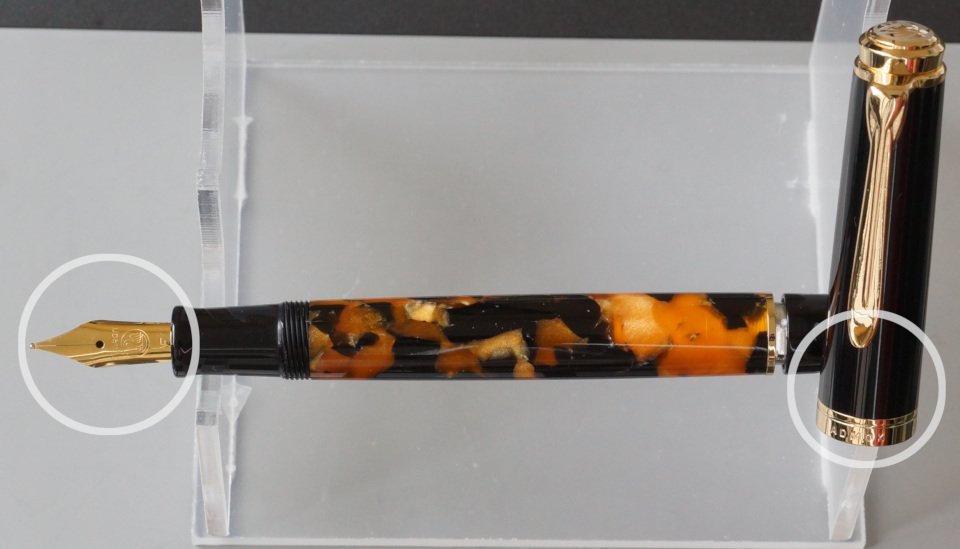Any Pen Suggestions For Kiwaguro?
-
Forum Statistics
354.4k
Total Topics4.6m
Total Posts -
Member Statistics
127,376
Total Members2,585
Most Online Newest Member
Newest Member
Nurse Ratchet
Joined -
Images
-
Albums
-
European pens
- By A Smug Dill,
- 12
- 38
-
USG 6
- By USG,
- 0
- 0
- 1
-
0 - Oct-Nov 2024
- By yazeh,
- 0
- 0
- 82
-
Blue Pen club
- By Penguincollector,
- 0
- 0
- 14
-
Chinese pens
- By A Smug Dill,
- 22
- 93
-


.jpg.1a5ec85e58557d893f28f8dd0eaa5800.jpg)
.jpg.1bebe5eaec9d3f456c11003829179082.jpg)














.thumb.jpg.f07fa8de82f3c2bce9737ae64fbca314.jpg)



.thumb.jpg.331e554113c33fb39d5bf3233878978a.jpg)





Recommended Posts
Create an account or sign in to comment
You need to be a member in order to leave a comment
Create an account
Sign up for a new account in our community. It's easy!
Register a new accountSign in
Already have an account? Sign in here.
Sign In Now